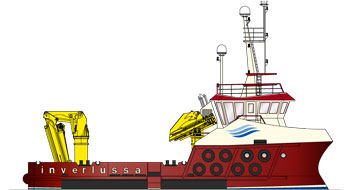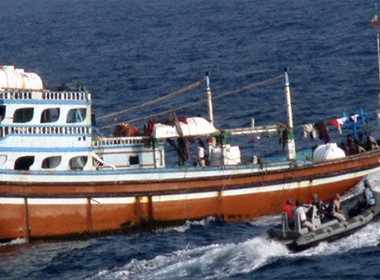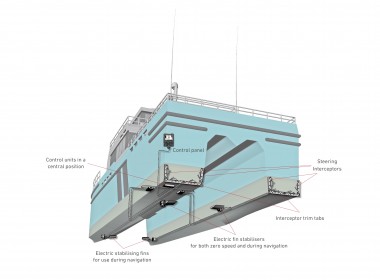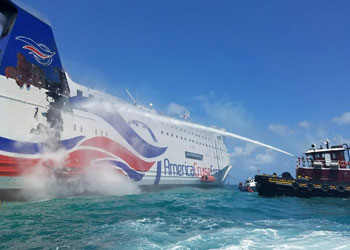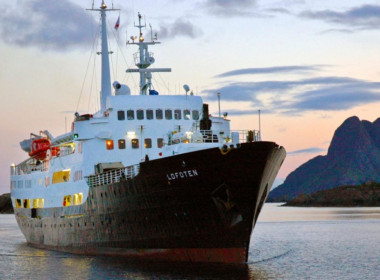VESSEL REVIEW | Aki – JMSDF SWATH ship to perform long-range monitoring of submarines

The Japan Maritime Self-Defence Force (JMSDF) commissioned a new ocean surveillance ship into service earlier this year.
Built by Mitsui E&S Shipbuilding and utilising a prominent small-waterplane-area twin hull (SWATH) design, JS Aki is the JMSDF’s third Hibiki-class surveillance ship. These unique naval support ships were originally developed in the late 1980s during the closing years of the Cold War to provide the JMSDF with enhanced ocean surveillance capability in response to the Soviet Navy’s regular deployments of diesel-electric submarines near Japanese territorial waters.
Even after the collapse of the Soviet Union, the design and construction of these submarine detection and tracking ships continued. The first two vessels, JS Hibiki and JS Harima, were commissioned into service in 1991 and 1992, respectively, and are still in operation, being homeported in Kure in Hiroshima prefecture. The Japanese Ministry of Defence’s (MOD) decision to build another Hibiki-class surveillance ship nearly 30 years after the second one was completed was influenced by the fact that some of Japan’s neighbours have been steadily expanding their respective submarine fleets within the last decade.
The third and final Hibiki-class ship, which has been named after the Aki-nada area of Japan’s Seto Inland Sea, has a length of 67 metres, a beam of 29.9 metres, a draught of 7.5 metres, and a displacement of 3,048 tonnes at full load. It was designed to operate at low speeds while conducting surveillance, and the SWATH hull ensures improved stability even when sailing in bad weather and higher sea states. The standard SWATH design is a proven one for ocean surveillance, as evidenced by the US and Chinese navies adopting the same design for their own ships that perform the same undersea monitoring role.
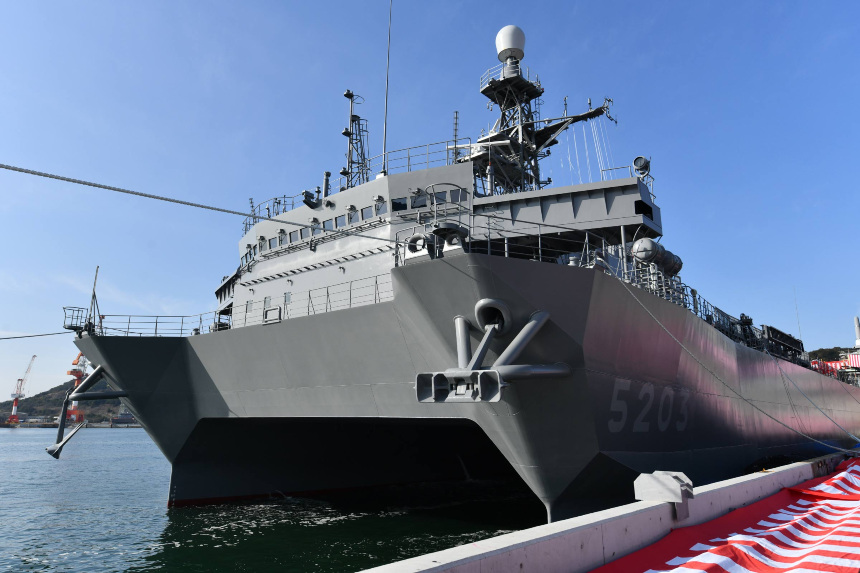
Aki is powered by four Mitsubishi S6U-MPTK diesel-electric engines that deliver a maximum speed of 11 knots and a range of 7,000 kilometres. This will enable the ship to conduct monitoring missions that can last up to 90 days, thus ensuring continuous surveillance within the limits of Japan’s home waters.
The ship was designed to be crewed by 40 personnel at any given time. The crew complement also includes five civilian technicians who will assist the JMSDF personnel in operating the vessel’s array of ocean surveillance equipment, which includes an AN/UQQ-2 Surveillance Towed Array Sensor System (SURTASS). This is the same type of active/passive towed array sonar that is in use on the five ocean surveillance ships currently operated by the US Navy’s Military Sealift Command.
Aki‘s sisters are also equipped with SURTASS. However, the newest Hibiki-class ship features an upgraded version of the system. The MOD has claimed the improved SURTASS on Aki is more capable in collecting acoustic information on the newer types of submarines that have been entering service with other countries’ navies within the last few years.
The data gathered by the SURTASS and the ship’s other sensors are relayed via satellite and processed and shared with the US government. The data will then be stored into the Integrated Undersea Surveillance System (IUSS), the US Navy’s global network of mobile and stationary listening platforms that are tasked with detecting other countries’ submarines and even tracking their movements. Both Japan and the US deem the IUSS as crucial in improving their capability to effectively conduct anti-submarine warfare amid evolving threats.
Like its Hibiki-class sister ships, Aki is a support vessel and was therefore not designed to carry any armament, even for self-defence purposes. The vessel instead relies on escorting JMSDF warships for protection against threats. A helicopter deck has also been fitted, though there is no hangar or any other aviation maintenance facilities.
Construction of Aki began with the laying of its keel in 2018 and concluded in 2020, allowing the ship to be delivered and commissioned into service in March of this year.
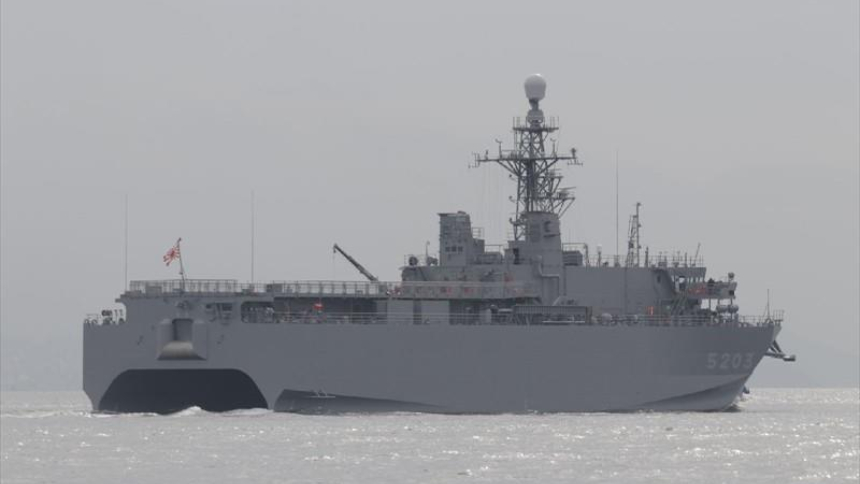
See all the other news, reviews and features of this month’s Maritime Security Week right here.
| JS Aki | |
| SPECIFICATIONS | |
| Type of vessel: | Ocean surveillance ship |
| Flag: | Japan |
| Owner: | Japan Maritime Self-Defence Force |
| Operator: | Japan Maritime Self-Defence Force |
| Builder: | Mitsui E&S Shipbuilding, Japan |
| Hull construction material: | Steel |
| Superstructure construction material: | Steel |
| Deck construction material: | Steel |
| Length overall: | 67 metres |
| Beam: | 29.9 metres |
| Draught: | 7.5 metres |
| Displacement: | 3,048 tonnes |
| Main engines: | 4 x Mitsubishi S6U-MPTK |
| Maximum speed: | 11 knots |
| Range: | 7,000 kilometres |
| Sonar: | AN/UQQ-2 Surveillance Towed Array Sensor System |
| Other equipment installed: | Helicopter deck |
| Type of fuel: | Diesel; battery power |
| Crew: | 40 |



